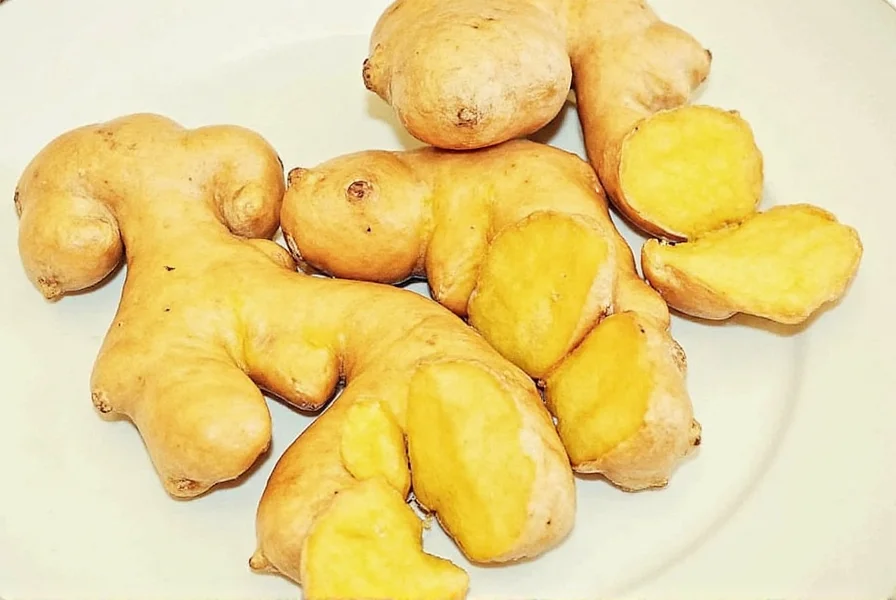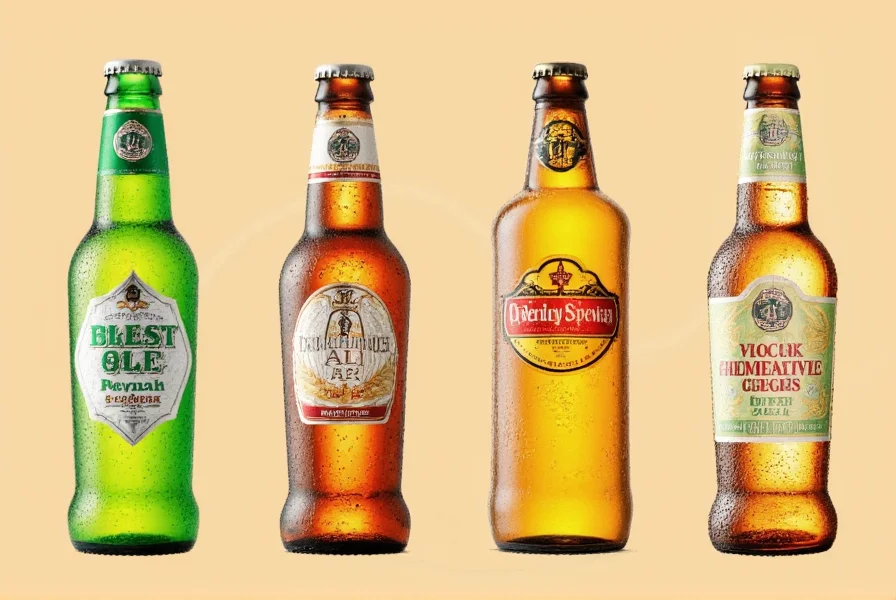The distinctive taste of ginger ale comes from the Zingiber officinale plant root, but not all ginger ales taste the same. Understanding the flavor spectrum helps consumers select the right option for their palate or cocktail recipes. This comprehensive guide explores the science and artistry behind ginger ale flavors, examining how production methods create vastly different taste experiences.
The Foundation of Ginger Flavor
Ginger's characteristic heat and aroma come from compounds called gingerols and shogaols. Fresh ginger contains higher levels of gingerols, which provide that bright, spicy kick. When ginger is dried or cooked, gingerols transform into shogaols, which are significantly more pungent. This chemical transformation explains why some ginger ales have a sharper bite while others offer a smoother experience.
Commercial ginger ale producers carefully control:
- Ginger root variety (yellow, white, or black ginger)
- Processing method (fresh, dried, or extracted)
- Extraction temperature (affects compound balance)
- Steeping duration

Traditional vs. Dry Ginger Ale Flavor Profiles
The most significant division in ginger ale flavor profiles exists between traditional (golden) and dry varieties. This isn't just marketing—it reflects fundamental production differences that create distinct taste experiences.
| Flavor Category | Color | Ginger Intensity | Sweetness Level | Carbonation | Common Uses |
|---|---|---|---|---|---|
| Traditional (Golden) | Amber to golden | Strong, spicy | Moderate to high | Medium | Cocktails, soothing drinks |
| Dry (Crisp/Pale) | Pale straw | Subtle, background | Low to moderate | High | Mixers, light refreshment |
How Brands Create Distinctive Ginger Ale Flavors
Major brands and craft producers use different approaches to develop their signature ginger ale taste comparison characteristics:
Traditional method: Canada Dry and similar brands often use ginger extract combined with citric acid and artificial flavors to create consistent, recognizable profiles. These typically feature moderate ginger heat with pronounced sweetness.
Craft approach: Small-batch producers like Bruce's Ginger Ale or Q Mixers use fresh, cold-pressed ginger with minimal processing. This preserves more volatile compounds, resulting in complex flavor notes including citrus, floral, and earthy undertones beyond simple spiciness.
Ingredient variations significantly impact the final product:
- Sweeteners: Cane sugar creates richer flavor than high-fructose corn syrup; some brands use honey or maple syrup for distinctive notes
- Additional botanicals: Lemon or lime zest, mint, or even chili can enhance complexity
- Water quality: Mineral content affects how flavors express themselves
- Carbonation level: Higher carbonation creates a sharper mouthfeel that can accentuate ginger's bite
Evaluating Ginger Ale Flavor Components
When assessing ginger root flavor characteristics in commercial products, consider these elements:
- Initial impression: Does the ginger hit immediately or develop gradually?
- Heat level: Mild warmth to intense burn (measured on a scale of 1-10)
- Flavor notes: Citrus, floral, earthy, or purely spicy
- Sweetness balance: Complements or masks the ginger?
- Finish: Clean or lingering aftertaste
- Mouthfeel: Crisp carbonation versus smooth texture
The most balanced craft ginger ale flavor variations showcase ginger as the star while allowing supporting notes to enhance rather than overwhelm. Premium products often display "ginger burn" that starts at the front of the mouth and moves toward the throat—a sign of authentic ginger content rather than artificial flavoring.
Practical Applications of Different Ginger Ale Flavors
Understanding ginger ale flavor profile differences helps in selecting the right option for specific uses:
For cocktails: Dry ginger ales work best with spirit-forward drinks like Moscow Mules where you want ginger to complement rather than dominate. Traditional ginger ales shine in Dark 'n' Stormys where their robust flavor stands up to dark rum.
For digestive relief: Traditional ginger ales with higher ginger content (look for "made with real ginger" on labels) provide more effective soothing properties. The gingerols help settle stomachs naturally.
For cooking: Pale ginger ales work better in delicate sauces and marinades, while golden varieties add depth to glazes and braises. The carbonation in ginger ale also helps tenderize meats when used in marinades.
Emerging Ginger Ale Flavor Trends
The types of ginger ale flavors continue evolving as producers experiment with:
- Regional ginger varieties: Jamaican ginger (spicier), Indian ginger (more floral), or Hawaiian ginger (citrus notes)
- Organic and non-GMO formulations: Appealing to health-conscious consumers
- Lower sugar options: Using monk fruit or stevia while maintaining flavor balance
- Functional additions: Probiotics, turmeric, or additional digestive herbs
- Barrel-aged versions: Creating complex woody notes
These innovations expand the ginger ale taste comparison landscape, offering consumers more nuanced options beyond the standard supermarket varieties.
Selecting the Right Ginger Ale for Your Needs
When choosing among natural ginger ale flavors, consider these practical tips:
- Read ingredient labels carefully—"ginger extract" often indicates stronger flavor than "natural flavors"
- Check for "made with real ginger" claims, which typically indicate authentic flavor
- Consider your intended use—cocktail mixing requires different characteristics than medicinal use
- Examine color as an indicator—darker hues usually signal more intense ginger flavor
- Look for craft producers who specify ginger origin and processing methods
Developing your palate for ginger ale flavor profile nuances takes practice. Try side-by-side tastings of different brands at room temperature (chilling masks subtle flavors) to better appreciate the distinctions.
Final Considerations
The world of ginger ale flavors offers remarkable diversity beyond the standard supermarket options. By understanding the factors that create different flavor profiles—from ginger variety and processing methods to sweeteners and additional botanicals—you can make more informed choices that match your taste preferences and intended uses. Whether you're selecting a mixer for cocktails, seeking digestive relief, or exploring craft beverage options, recognizing these flavor distinctions enhances your experience with this versatile drink.











 浙公网安备
33010002000092号
浙公网安备
33010002000092号 浙B2-20120091-4
浙B2-20120091-4